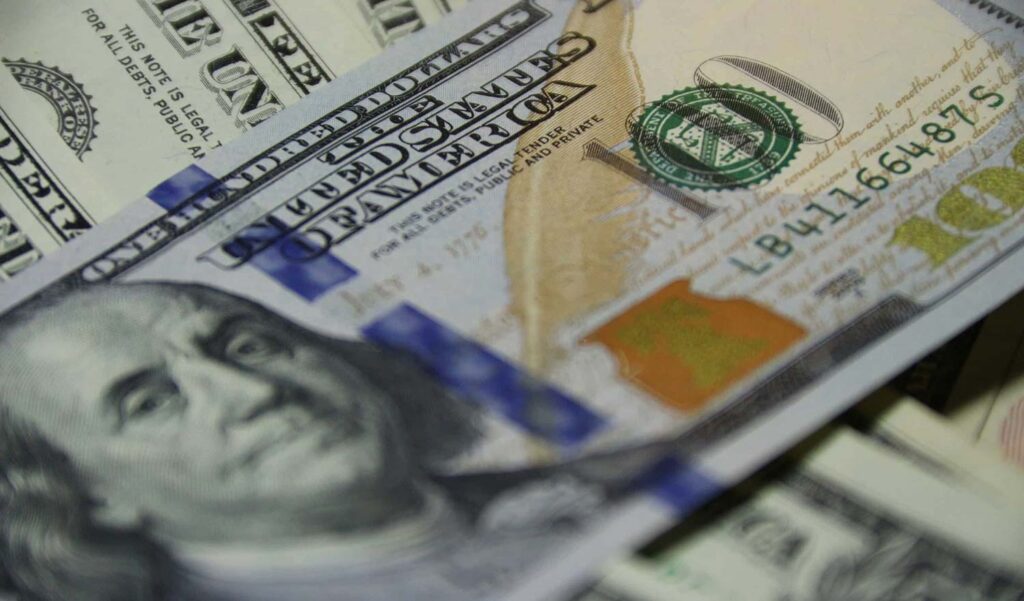Competition in the app marketplace is fierce, to say the least. Everyone and their mothers are jumping aboard the mobile app gravy train in hopes of an express ride to the fabled Money Mountain (which was coincidentally built on Minecraft – Pocket Edition). That excitement may be warranted. Mobile app usage has overtaken desktop web browsing and is starting to challenge TV. Consumers now spend over 2 hours in mobile apps each day. That’s up 35% from last year and rapidly approaching the 168 minutes of television the average U.S. consumer watches per day. It’s not so easy, though, to figure out a mobile app monetization strategy. With so many mobile apps – it’s now a $30 billion industry – there’s huge pressure to keep initial buying hurdles low. Most mobile apps are offered free or for a very low price to tempt new customers. So it’s good to think about how to offer your mobile app to a public that expects free or cheap, so you can keep on developing. The usual mobile app monetization strategies are:
- One-time payment
- Freemium – a “lite” version with in-app purchasing of premium version
- Supported by ads
- Subscription
There’s no one-size-fits-all mobile app monetization strategy – nor are you limited to just one. The app’s genre, utility, target audience, and developer brand image are all elements you should consider when deciding how to monetize your mobile app.
Mobile App Monetization Strategies for Developers
- Pay-per-download mobile apps (paid apps) It’s the oldest trick in the book – creating a product and then selling it! – and even the smartest developer prodigies aren’t shy about relying on this tried-and-true monetization strategy. The biggest hurdle? Paid apps can have a hard time gaining traction in a sea of free apps. People do, however, pay for mobile apps. Think about viral games like Angry Birds and social networking apps like WhatsApp, and it’s clear that a properly marketed mobile app that delivers real value to people can earn lots of revenue.
- Freemium mobile apps / In-app purchasing The beauty of the freemium app model is that it’s both a distribution model and a monetization strategy. Free apps get downloaded much, much more often than paid apps. Developers have recognized that reality, and are playing to it by offering free mobile apps that feature in-app purchasing. Any app that can offer people greater value via additional content or premium features qualifies for this strategy. Ever heard of Farmville? Then you know what we’re talking about. Facebook-gaming consolidator Zynga Inc. (which acquired Farmville) is now earning over $1 billion in revenue every year by offering free versions of popular games, and then tempting people to buy the premium version for the extra features that make it more fun. Mobile analytics company Flurry reported in 2011 that the vast majority of top-grossing iPad and iPhone apps (75 to 80 percent) featured in-app purchases.
- Ad-supported apps / In-app advertising Mobile advertising is huge. Revenue reached $1.6 billion in 2011, and grew rapidly to $1.2 billion in just the first half of 2012. Mobile advertising networks like AdMob, Mojiva, iAd, inMobi, Kiip and Flurry are popping up like Jon Stewart throws F-bombs. At this point, it’s clear that mobile ad revenue will eventually equal – and probably surpass – the rest of the Internet ad space. In-app advertising needs heavy traffic to pencil out. It’s difficult to include ads in mobile apps without compromising user experience – after all, you’re trying to cram a lot into a tiny screen. But if your customer demographics are right, mobile advertising can be a lucrative proposition. Just make sure you’re not losing visitors by serving them irrelevant or spammy ads. You should consult this Android guide to ads and user experience.
- Subscription-based apps Most developers will never consider this model, but for digital publishers and content providers such as Netflix, Hulu, newspapers, Spotify, and Rhapsody, subscriptions make a lot of sense. Be wary of the platform: Apple and Amazon both want to take a 30 percent cut of your revenue, a figure that has prompted the DOJ to launch a probe (and not the cool space-faring kind) into the consequences for market competition. Google, in contrast, takes 10 percent or less. Ultimately, the success of mobile app monetization strategies depends on what consumers will buy – or tolerate.

